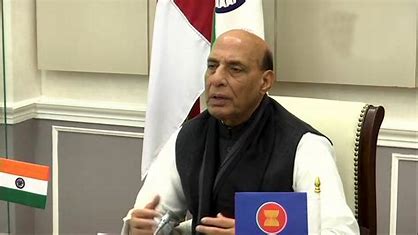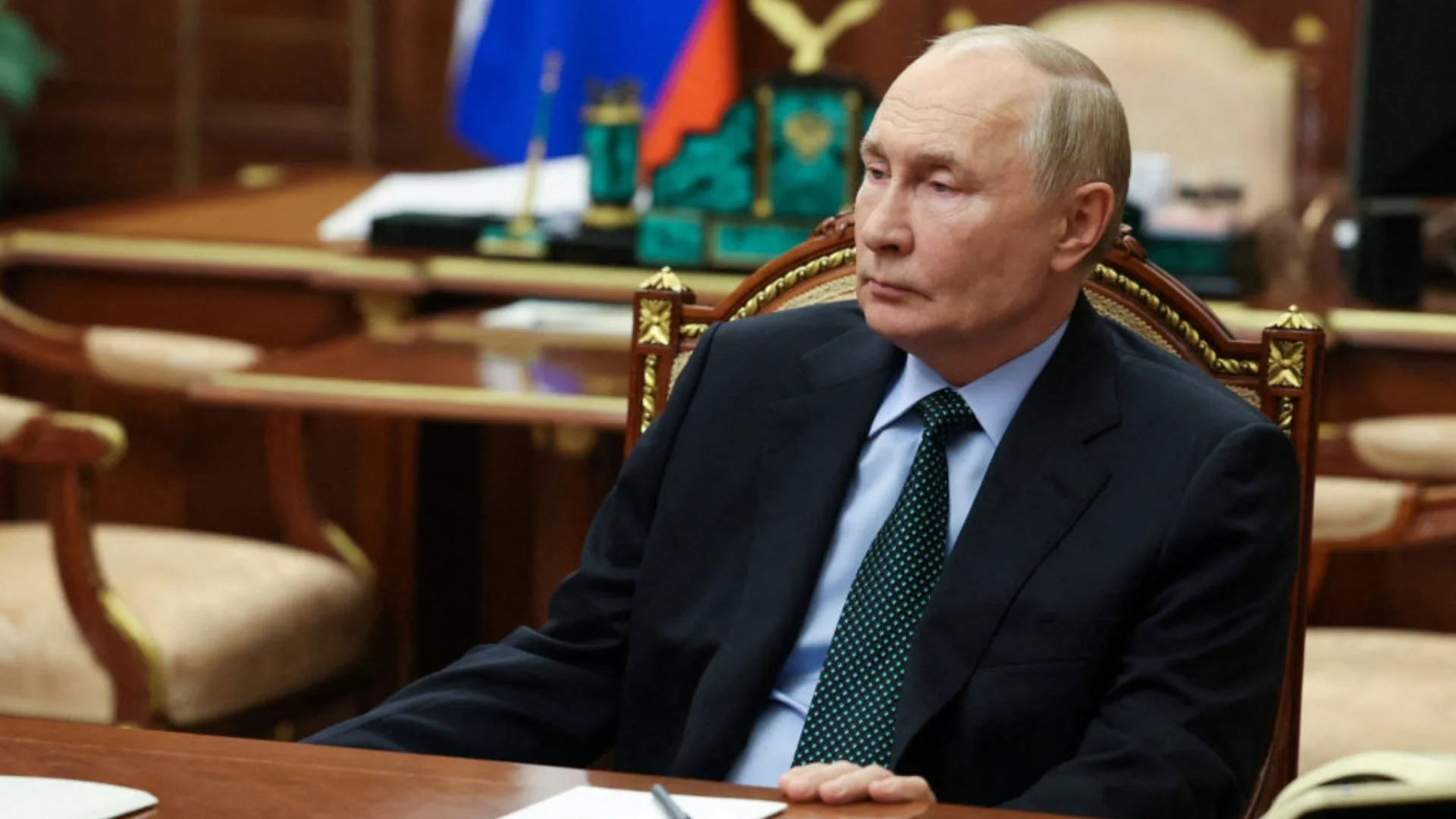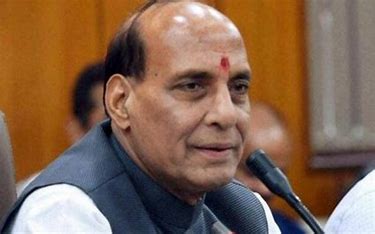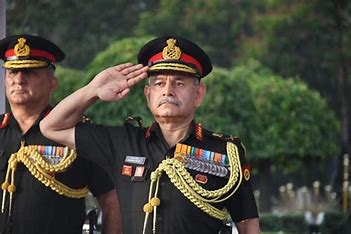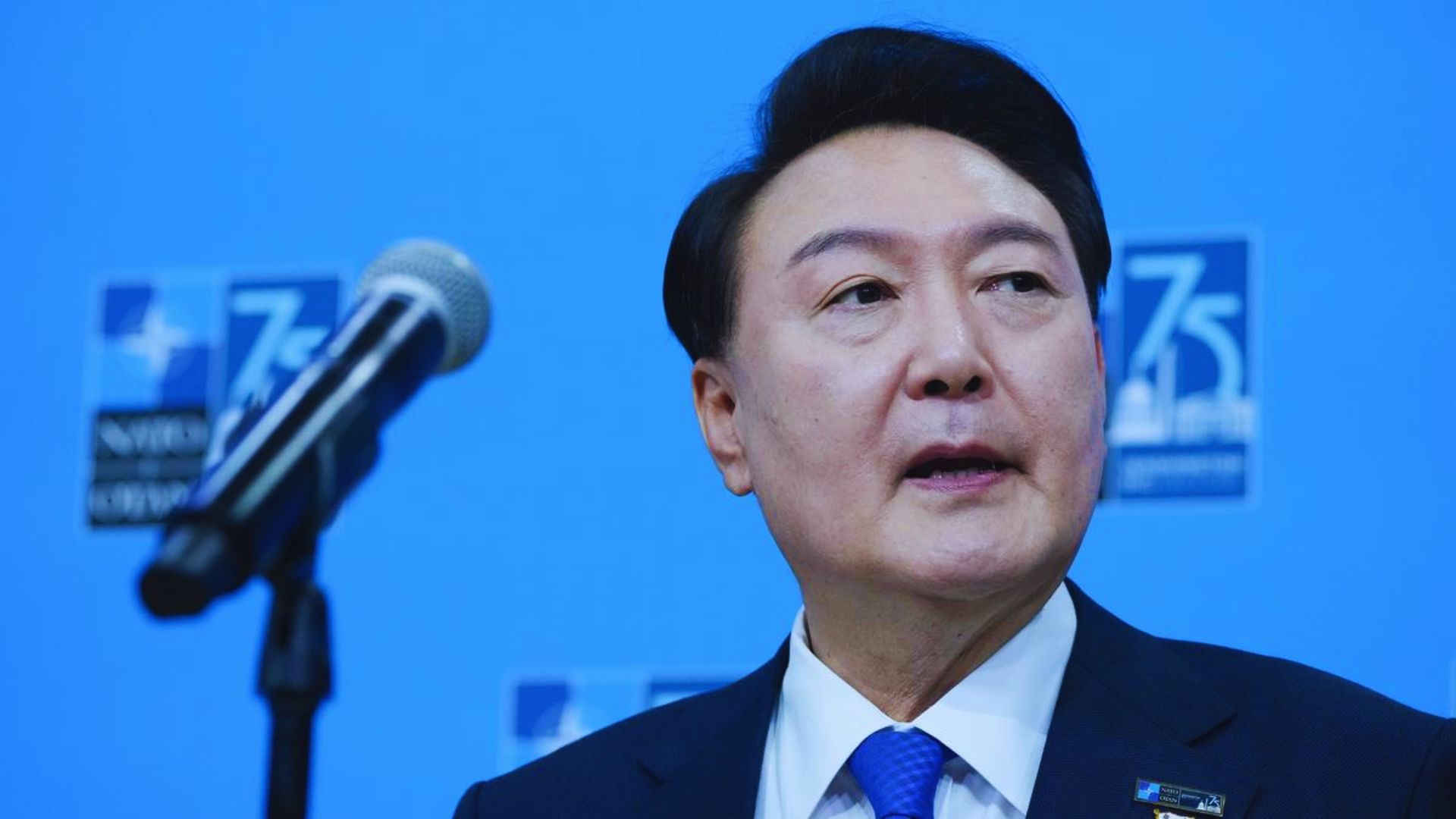
The United States and South Korea have signed joint guidelines on nuclear deterrence, a move prompted by heightened concerns over North Korea’s increasing nuclear threats following its recent defense pact with Russia. The agreement, finalized during a meeting between President Joe Biden and South Korean President Yoon Suk Yeol on the sidelines of a NATO summit in Washington, marks significant progress in their alliance, particularly since the establishment of a joint Nuclear Consultative Group a year ago.
Established to enhance information-sharing on nuclear and strategic operations, the bilateral consultation body reaffirms the US commitment to maintain control over its nuclear weapons, aimed at easing South Korean apprehensions regarding North Korea’s nuclear capabilities. The newly authorized “US-ROK Guidelines for Nuclear Deterrence and Nuclear Operations on the Korean Peninsula” underscores a solid foundation for bolstering US-South Korea extended deterrence cooperation in an integrated manner, as noted by South Korea’s presidential office.
These guidelines, the first of their kind between the two nations, aim to clarify US obligations to defend South Korea, including the use of nuclear weapons if necessary. Both presidents emphasized a swift and decisive response to any nuclear aggression from North Korea against South Korea. The agreement also involves integrating US nuclear assets with South Korean conventional weapons to enhance readiness against North Korean nuclear threats, with joint military exercises planned to implement these deterrence measures.
While specific details of the guidelines remain confidential, North Korea is expected to react negatively, having previously accused the US and South Korea of using such agreements to plan aggression against it. North Korea’s advancing nuclear arsenal poses a significant security challenge to South Korea, which relies heavily on the US nuclear umbrella for defense, especially amid concerns that North Korea may soon possess long-range nuclear missiles capable of reaching the US mainland.
Tensions have escalated further since North Korean leader Kim Jong Un and Russian President Vladimir Putin signed a defense pact in June, pledging mutual assistance in the event of an attack and indicating enhanced cooperation between the two countries. This development has been viewed as the strongest bond between North Korea and Russia since the Cold War.
